Resistance exercise is critical for all sports performance, and it’s becoming more practised among endurance athletes. Resistance exercise can take many forms. It can take traditional machine weight-bearing exercises, free-weight kettlebell exercises, and resistance band exercises. Resistance exercise can also mean performing eccentric, concentric, or isometric exercises. If you’ve never practised resistance exercise as an endurance athlete you’ll likely wonder what are the do’s and don’ts, where to start, and where you should start as you embark on incorporating these movements into your training.

What is the Foundation
As the word, ‘foundation’ implies there is a place to start and with that, there is periodization, as with your endurance sport and all sports or forms of exercise. Periodization always involves starting from a place of genericity and moving to a place of specificity. Similarly to all sports, this also means starting with low intensity and building to high intensity and this is in essence for the same reason we always warm up before performing even light exercise, so the body doesn’t get injured and performs better.
The foundation really is building strength-endurance. This is different from pure endurance which would be your activities such as running, cycling, or swimming. Building strength and endurance take more time than any other phase of exercise, however, it is probably the quickest to adapt and improve as it comes more naturally to human physiology. The practical aspects of building strength endurance are simple and straightforward; it’s performing exercises in the 15-30 rep range per set. This can be further complicated, and improved, by performing more sets, reducing the rest time between sets, and/or choosing a weight from set to set that allows you to lift a specific number of reps. While there are no benchmarks for what you should be able to lift within that rep range for a specific exercise, generally the foundation should comprise more time than any other phase. I recommend your strength-endurance phase be 2-4 months depending on your length of the off-season. Incorporating resistance exercise 90% throughout the year will further help you return to this phase each year ready to improve upon your last personal bests, as the goal is still to increase how much weight you can lift in that rep range.
With that foundation having been laid I’ll include some dos and don’ts below:
Do Number 1
Do start with multi-muscle moving exercises and progress to more complicated sport-specific movements. I recommend starting with simpler exercises in the beginning when possible which may include machine leg press, leg extension, hamstring curl, dumbbell or barbell squat and hip thrust with lighter weights. These exercises will ignite multiple larger muscles getting your whole body to adapt to the stresses of resistance exercise. As you become more confident, move to primarily dumbbells and barbells for the bulk of the exercises in your strength-endurance training block of resistance exercise season.
A progression in complexity may look like the following:
- Leg press < Barbell Back Squat < Front Barbell Squat
- Dumbbell Hip Thrust < Barbell Hip Thrust < Barbell Deadlift
- Dumbbell Goblet Squat < Knee Resistance Banded Dumbbell Squat < Bulgarian Dumbbell Split Squat
Don’t Number 1
Don’t think because you’re an endurance athlete that training towards specificity means starting heavy and building towards lighter weights and more reps, or just starting and staying at lighter weights and more reps. I’ve seen and heard so many endurance athletes think that because they perform pure endurance sports they should only perform strength-endurance resistance exercises. It turns out the opposite is true. It is well-researched that endurance athletes who build to perform exercises in the rep range of 3-6 reps per set perform better in their endurance sport when compared to endurance athletes who only perform exercises in the rep range of 15+ reps per set.
Do Number 2
Do incorporate multiple types of resistance exercise. Each type of resistance exercise has its own benefit and application. Concentric exercise is more practical to every day and generally sport-specific movements too which can also have a muscle-motor control benefit on your endurance sport. Eccentric exercise increases strength faster which can increase your rate of strength-endurance growth and can force you to move in different planes, which can also improve muscle-motor control. Isometric exercise can be a fun (and brutally challenging) way to exhaust your muscles when strategically combined with the prior exercise types. They also have the benefit of being pain relieving so if you’re finding a joint is becoming painful, instead of taking an extended break from performing your previous exercise you may only need a short break before you can perform light-weight isometric exercises and then build back up to concentric, then eccentric exercise types which are progressively more stressing.
Don’t Number 2
Don’t overload on protein shakes. While protein shakes provide an ultra-convenient source of protein and likely should be incorporated into your post-workout nutrition habit it is not the only source of protein. There are a plethora of high-protein food sources to eat from. It is important that you eat enough calories (which means more than you expend when trying to increase strength) and protein frequently throughout the day on a rolling 24-hours basis. Muscle protein synthesis (MPS) may reach its peak when a highly digestible high protein and leucine food is consumed immediately post-resistance exercise, however, this does not indicate the best muscle mass or strength improvement. What’s new, but highly credible science, is total daily protein is what really matters no matter the source of that protein whether it’s plant-based or animal-based.
Do Number 3
Do incorporate proprioception (AKA balancing) exercises. This form of exercise may not be as critical as traditional strength endurance in improving sports performance or in increasing the amount of weight lifted, but it does still make an integral part of your athleticism. As you start your strength endurance it should be your intention to progress towards lifting heavier, lifting less assisted exercises (machine > free weights), and lifting more complicated sport-specific exercises. All these progressively difficult exercises will be easier if your muscle-motor control is better. A critical component to improving this is challenging the small muscles without the potential risks of lifting heavier and more complicated exercises. Proprioception can be done virtually anywhere and doesn’t need to involve any equipment. Focusing on the lower limbs should be the primary focus so it can start with standing on one leg and through a light ball against the wall which will work many areas of the body such as the feet, legs, hips, core, and the rest of the upper body. It can progress to balancing on an exercise ball in a kneeling position, focusing on the hips, and later on standing on the ball to work everything, of course. I suggest starting slow such as 2-3 min per chosen exercise before progressing to a harder one, but you’ll be surprised how quickly you progress. These skills leave the body slower so they’ll stick with you for a while.
Don’t Number 3
Don’t overthink developing strength-endurance. This is referring to multiple components, such as the exercise component, but also the nutrition, performance aids such as supplements, and expensive products and technologies. The exercise component, as I mentioned earlier is simple. Reaping 90% of the benefits only requires performing exercises in a general way that involve more time under stress which typically means more reps, sets, or completed under time. Nutrition is pretty simple too. 90% of the benefits will come from eating to satiety 3-5 meals a day of adequate daily calories and higher protein foods, with a variety of food groups to get it healthy phytochemicals too. Performance aids are not always necessary. Things like expensive food products, special supplements (though creatine is often worth considering), or fancy technologies like electrostimulation on the muscles are often unnecessary. Focus on the basics first.
While this is not aimed to be a comprehensive program design this does include some of the essentials in pointing you towards what to focus on as you begin your first resistance exercise season as an endurance athlete. If you have more experience, well I think there are still important takeaways as you may consider incorporating proprioception exercises into your strength-endurance block and throughout the year or consider incorporating different resistance exercise types to keep things exciting while reaping the rewards of each type. And always progress slowly, enjoy the process, and lift safely.
Coach Carson is a dedicated athlete and coach who specializes in cycling, strength and conditioning, and plant-based nutrition. For more information on Carson’s coaching services, or to schedule a coaching consultation with him click below.




